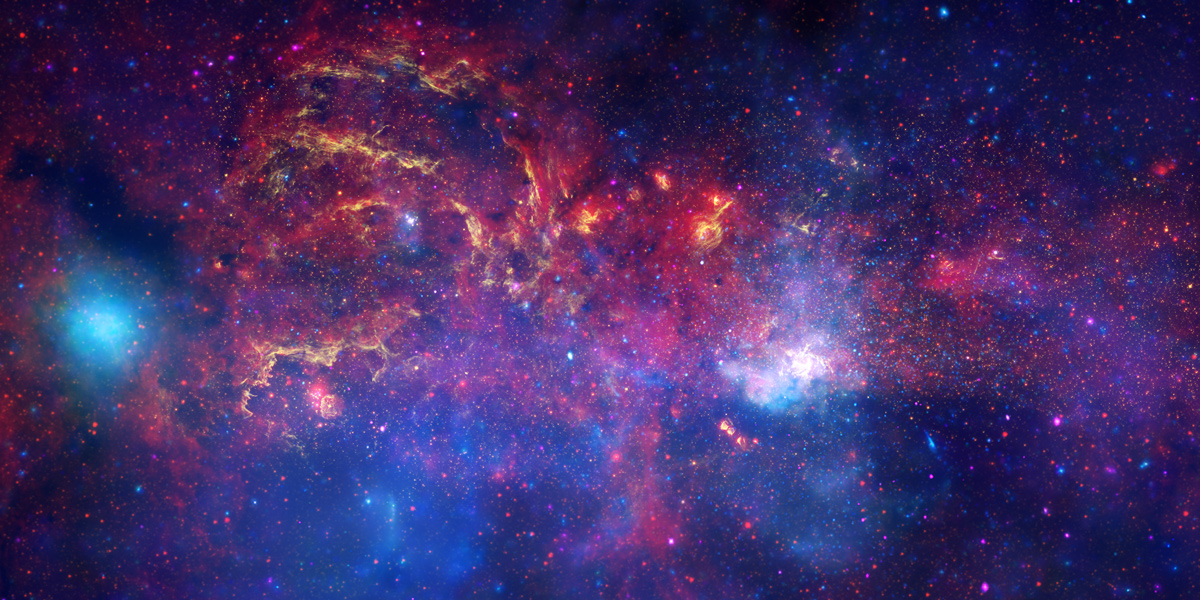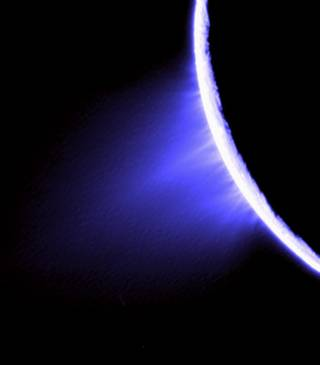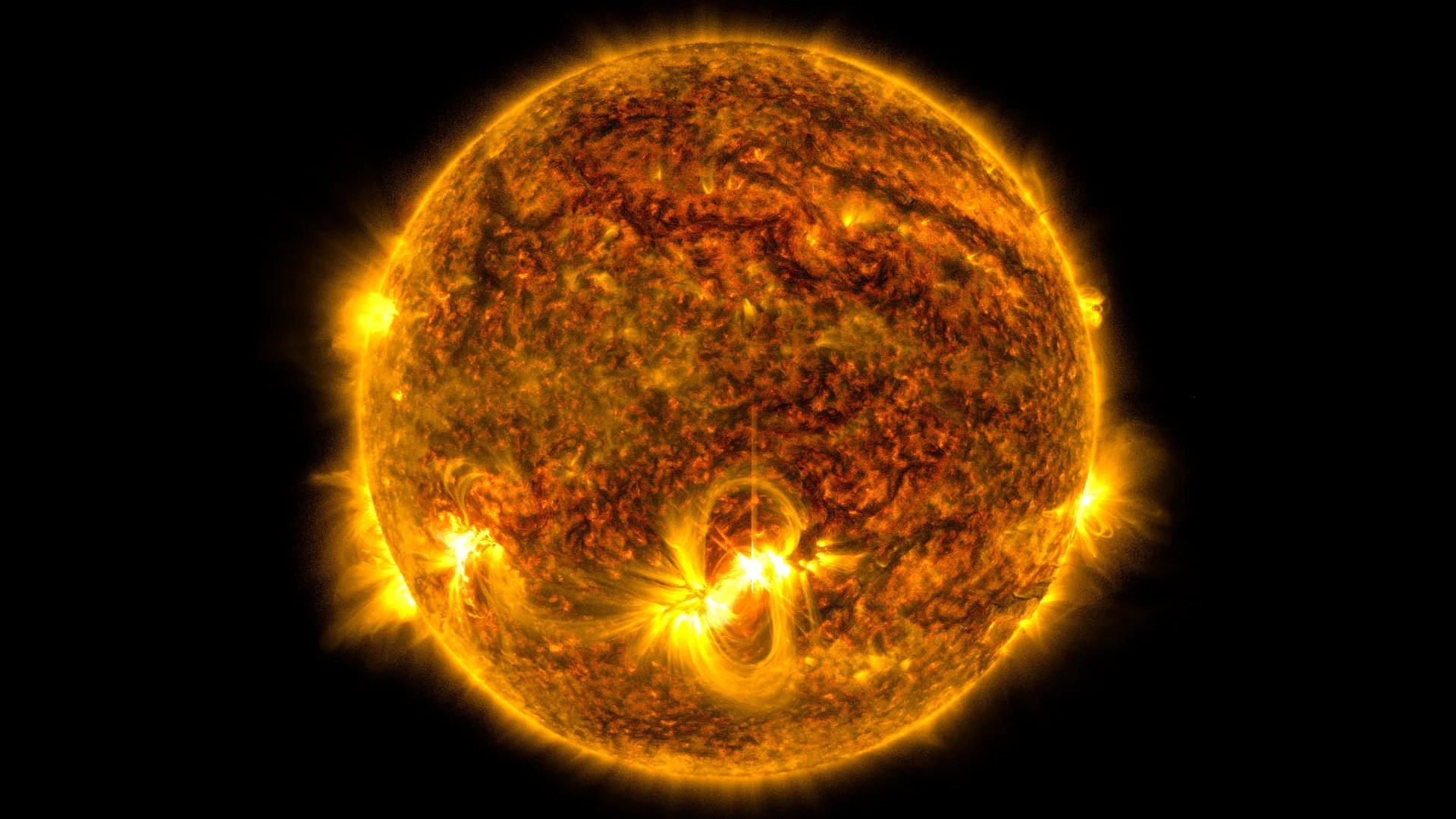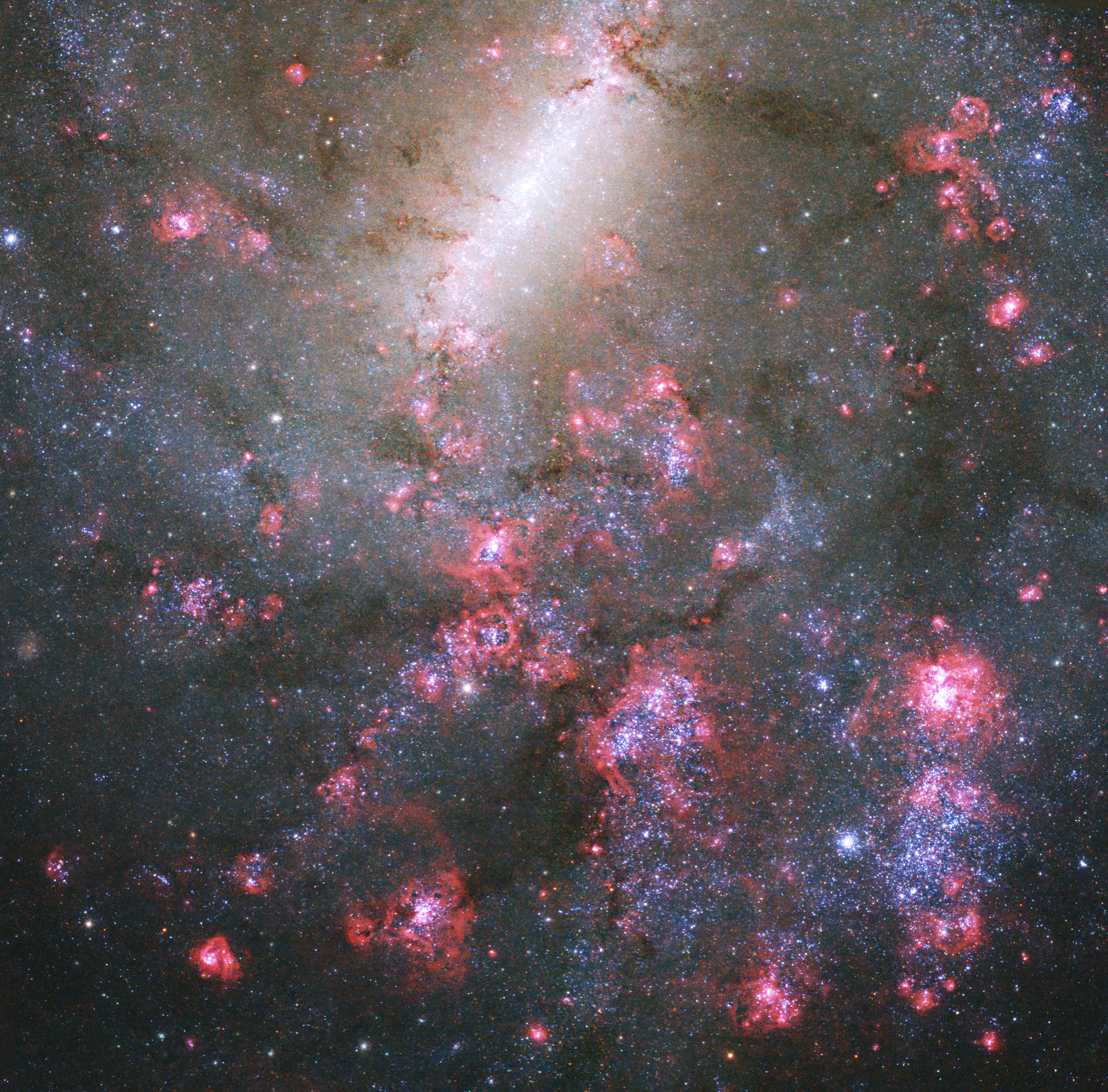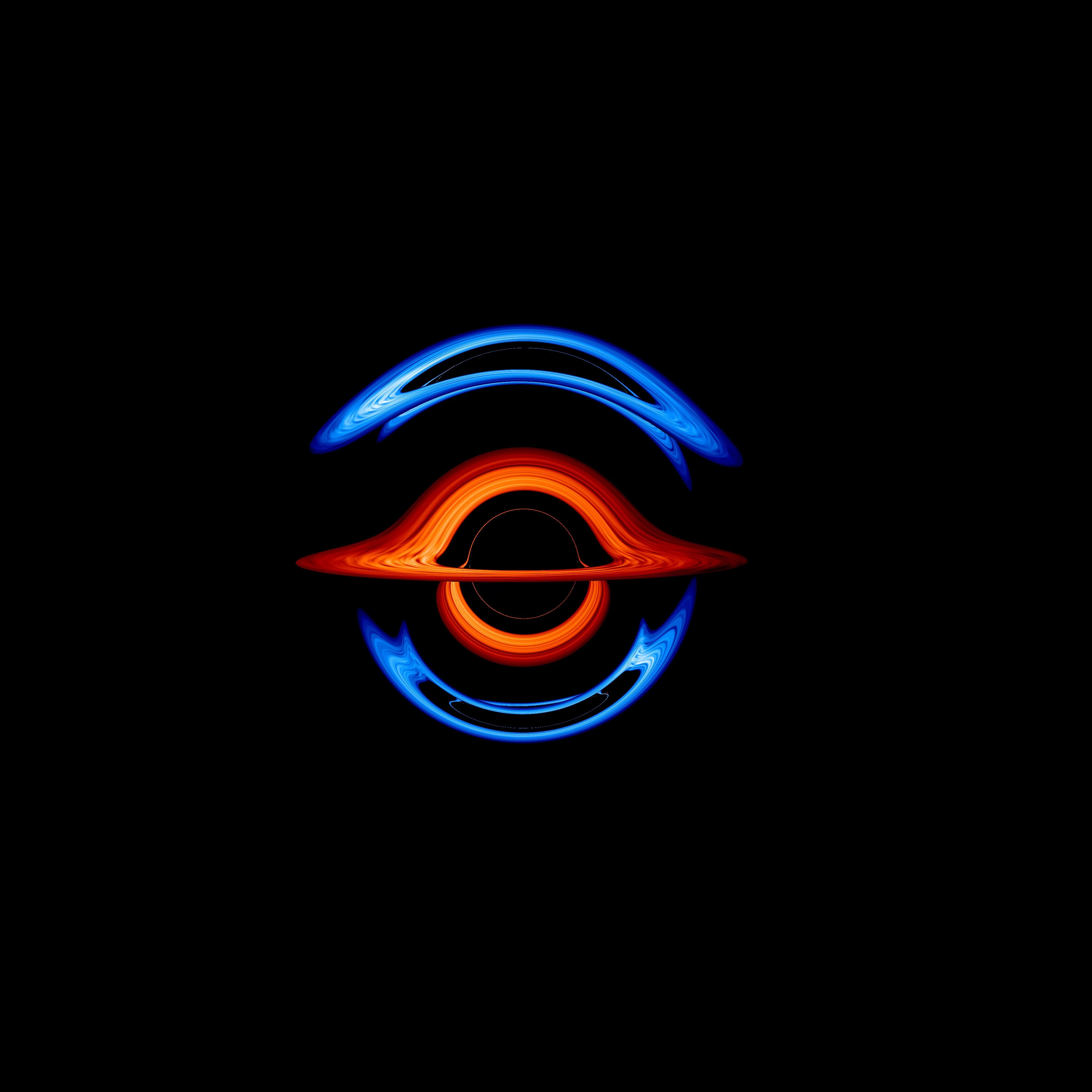The search for life beyond Earth is really just getting started, but science has an encouraging early answer: there are plenty of planets in the galaxy, many with similarities to our own. But what we don’t know fills volumes.
Observations from the ground and from space have confirmed thousands of planets beyond our solar system. Our galaxy likely holds trillions. But so far, we have no evidence of life beyond Earth. Is life in the cosmos easily begun, and commonplace? Or is it incredibly rare?
NASA/JPL-Caltech
More questions than answers
In the thousands of years humanity has been contemplating the cosmos, we are the first people to know one thing for sure: The stars beyond our Sun are teeming with planets. They come in many varieties, and a good chunk of them are around the size of Earth. Like most scientific questions, though, getting an answer to this one just breeds more questions: Which, if any, of these exoplanets harbors some form of life? How quickly does life get its start? And how long does it last?

Where is everybody?
The universe's eerie silence has its own name – the "Fermi paradox." Physicist Enrico Fermi famously posed the question: "Where is everybody?" Even at slow travel speeds, the universe's billions of years of existence allow plenty of time for intelligent, technological lifeforms to traverse the galaxy. Why, then, is the cosmos so quiet?
Meanwhile, exoplanet discoveries over the past two decades have filled in a few of the terms in the much-debated Drake Equation – a chain of numbers that might one day tell us how many intelligent civilizations we can expect to find. Most of its terms remain blank – the fraction of planets with life, with intelligent life, with detectable technology – but the equation itself suggests we might one day arrive at an answer. It feels at least a little more hopeful than Fermi's silence.
We stand at a crossroads in the search for life. We've found thousands of planets in our Milky Way galaxy, a large fraction of them in Earth's size range and orbiting in their stars' "habitable zones" – the distance from the star at which liquid water could exist on the surface. We know the galaxy likely holds trillions of planets. Our telescopes in space and on the ground, and our remote-sensing technology, grow ever more powerful. Yet so far, the only life we know of is right here at home. For the moment, we're staring into the void, hoping someone is staring back.
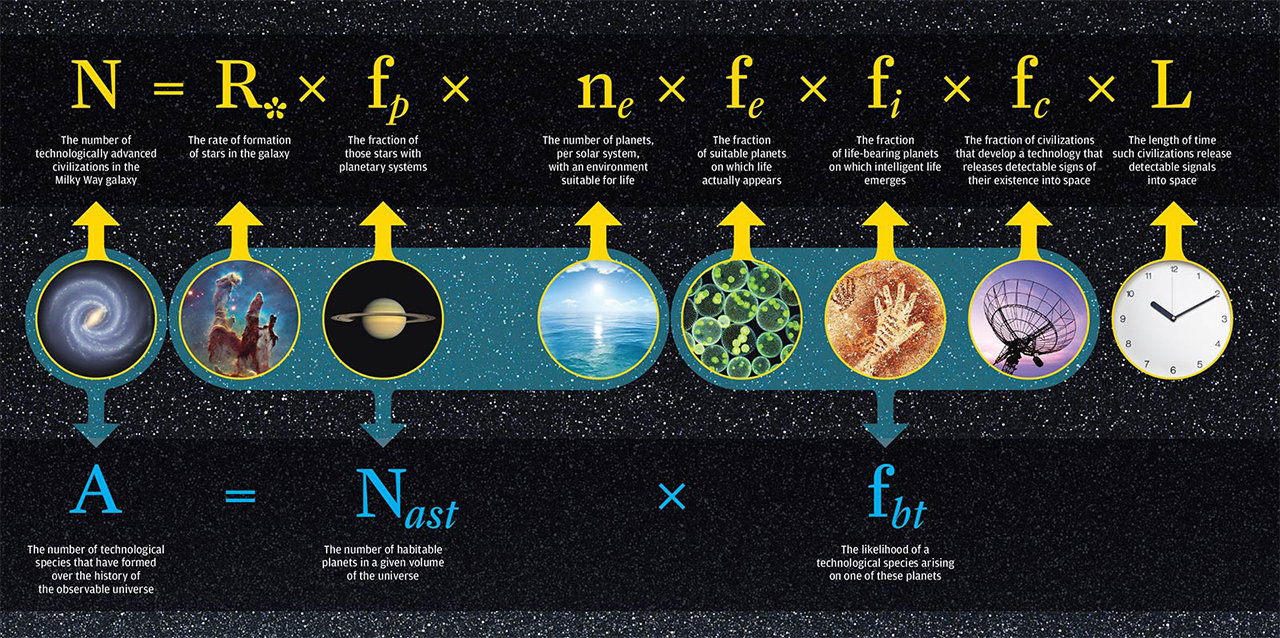
Next: We don't have a universally accepted definition of life itself, so can we find life?

